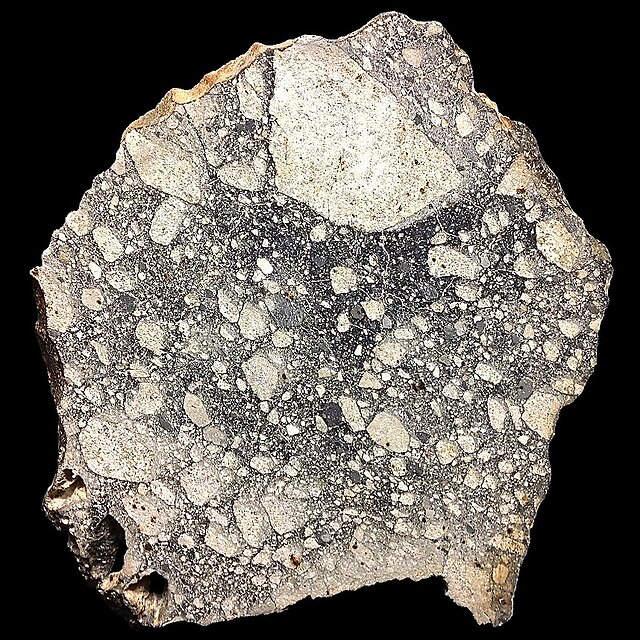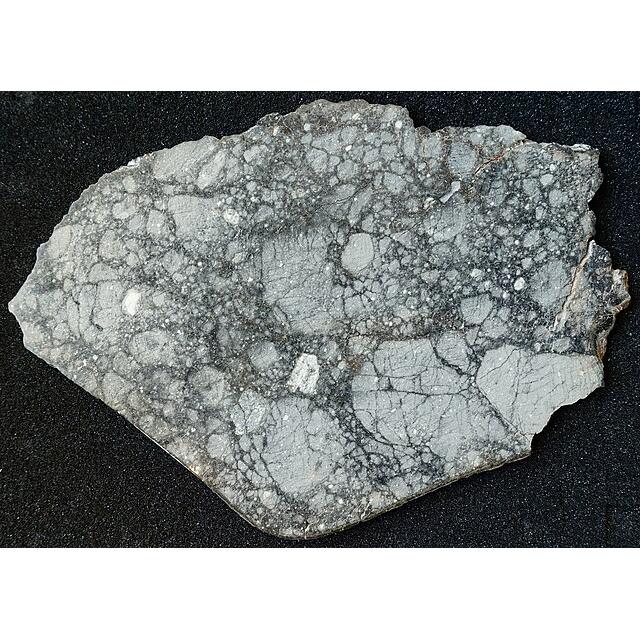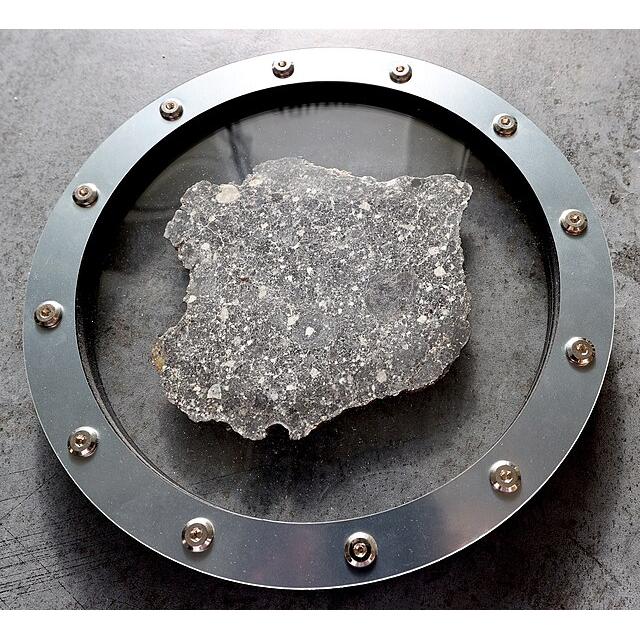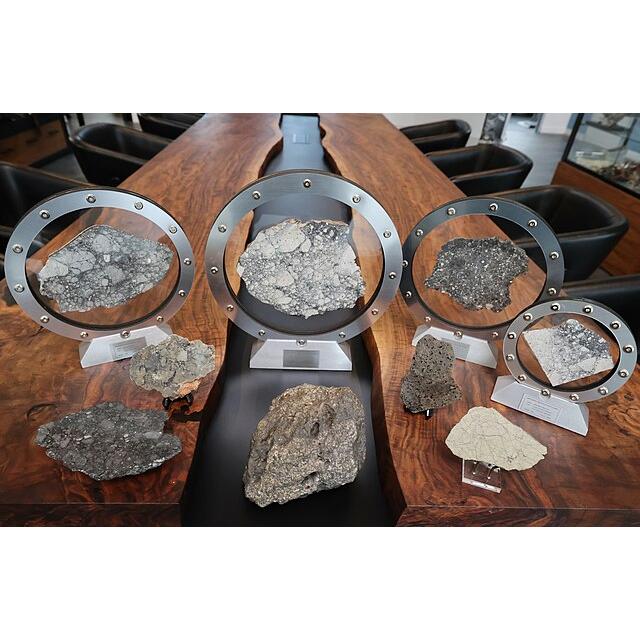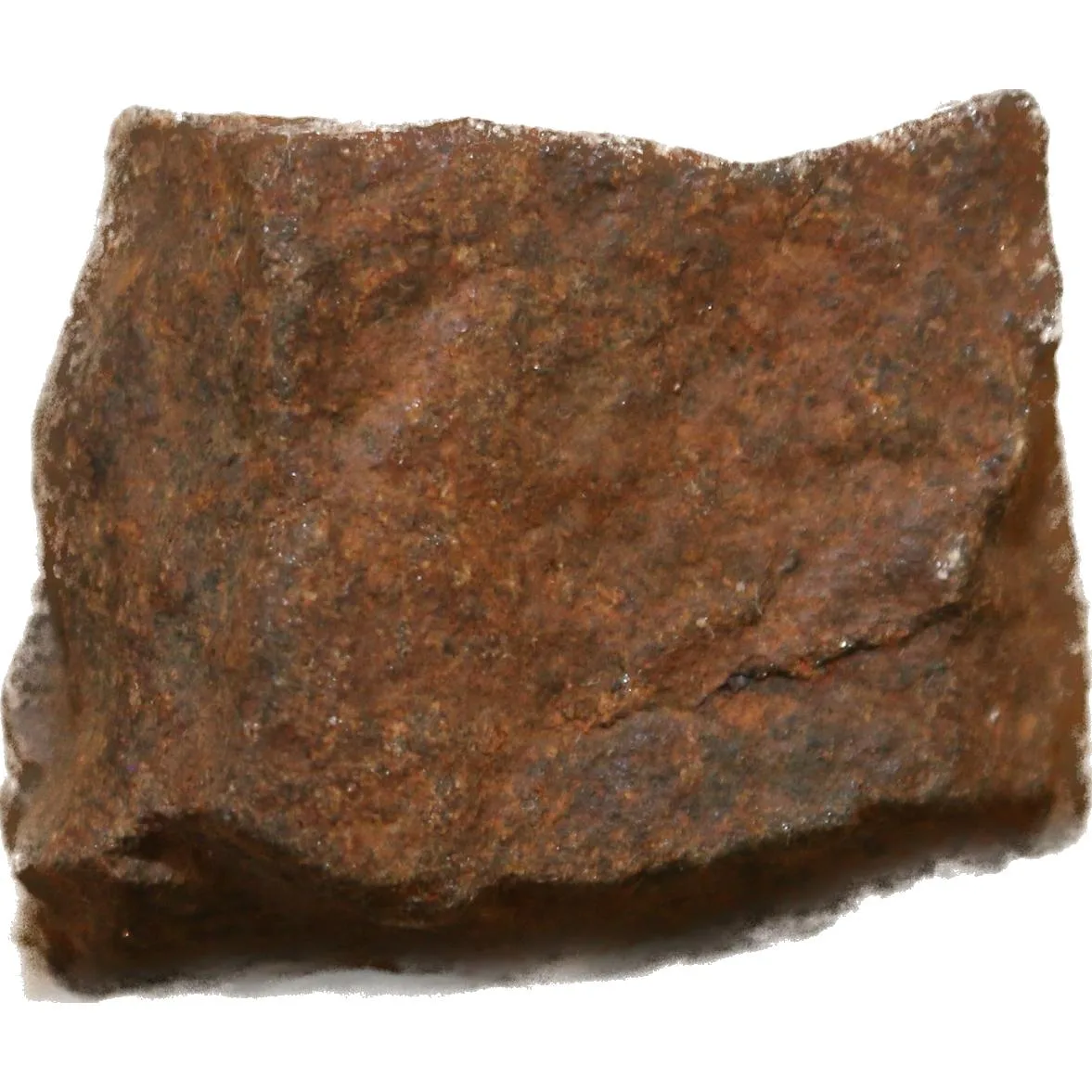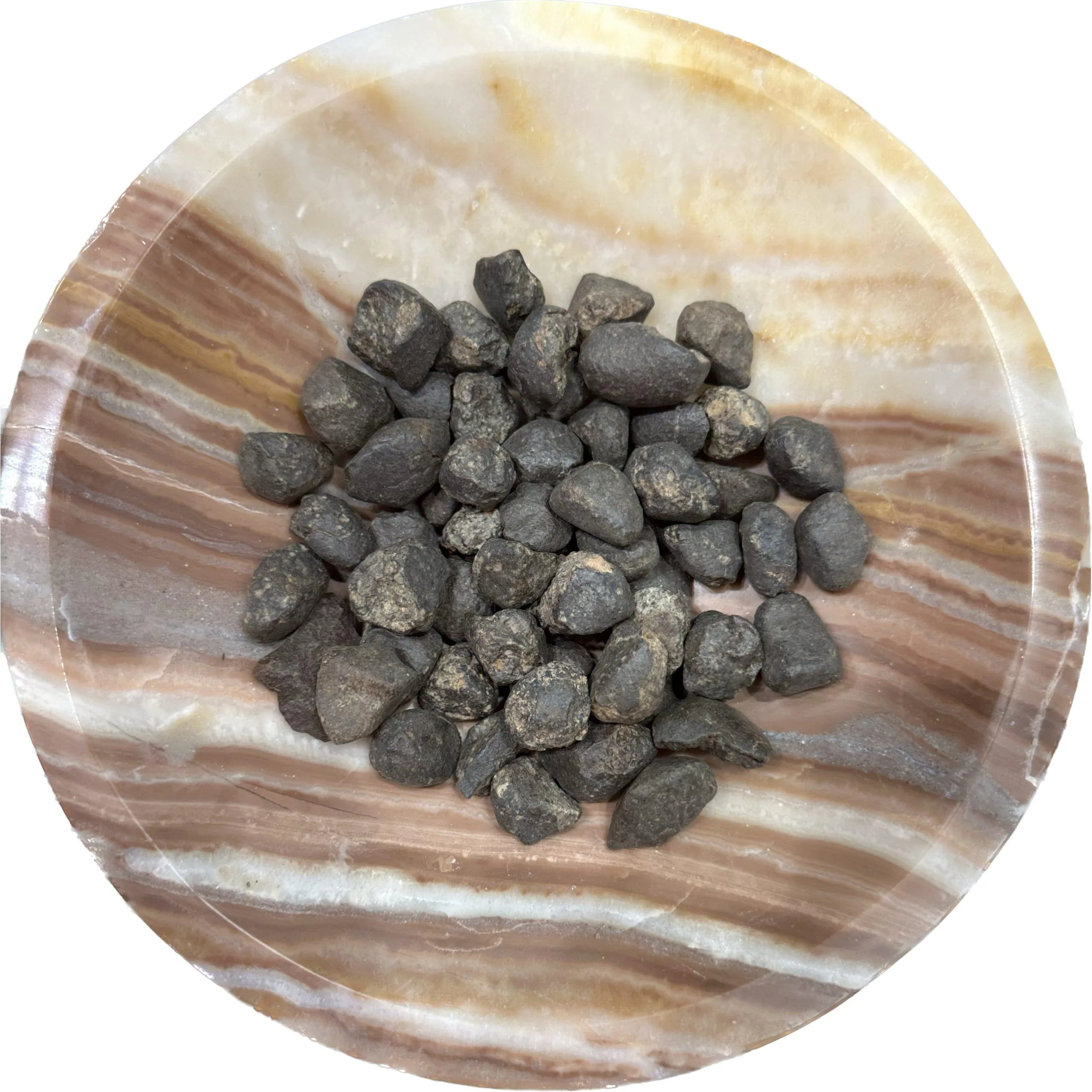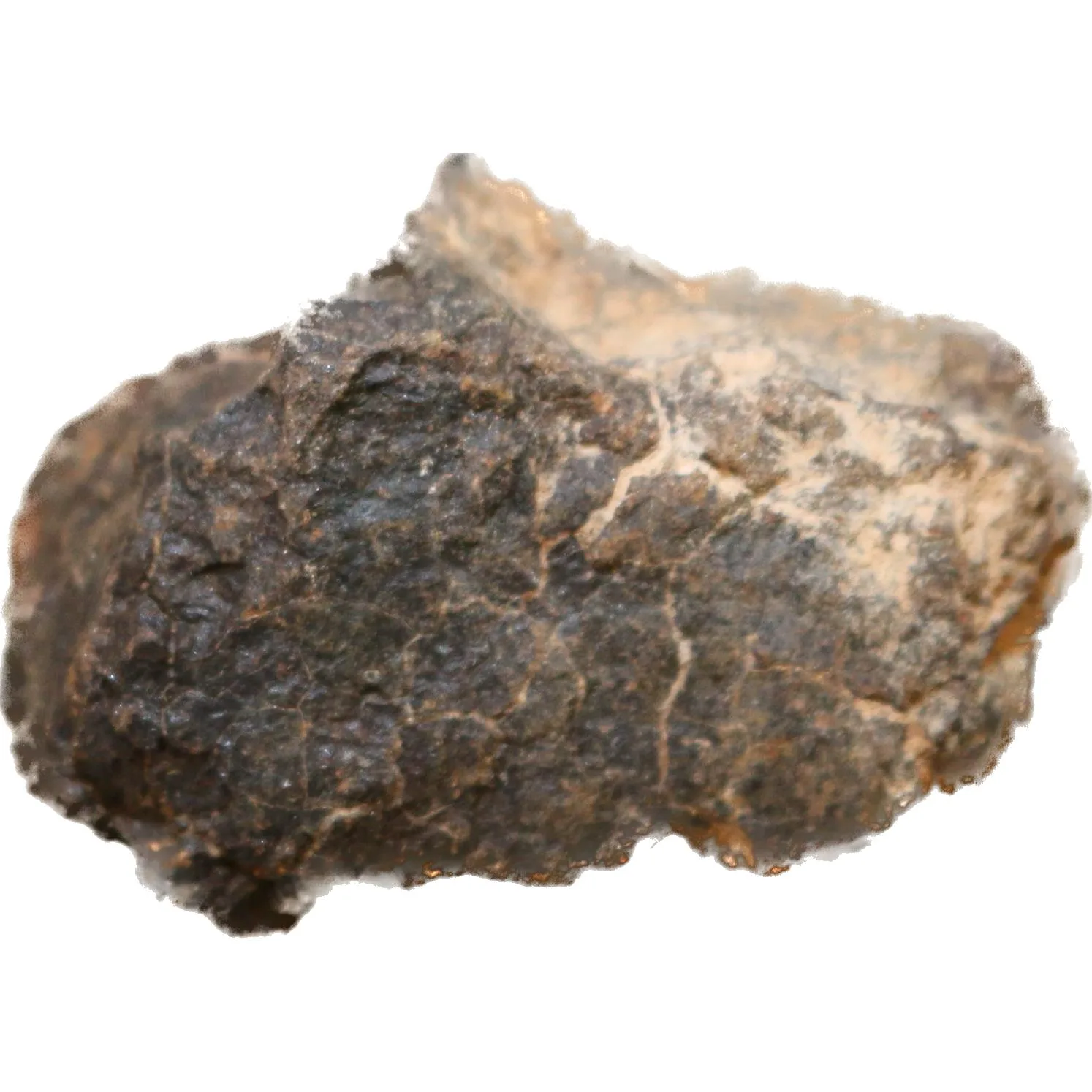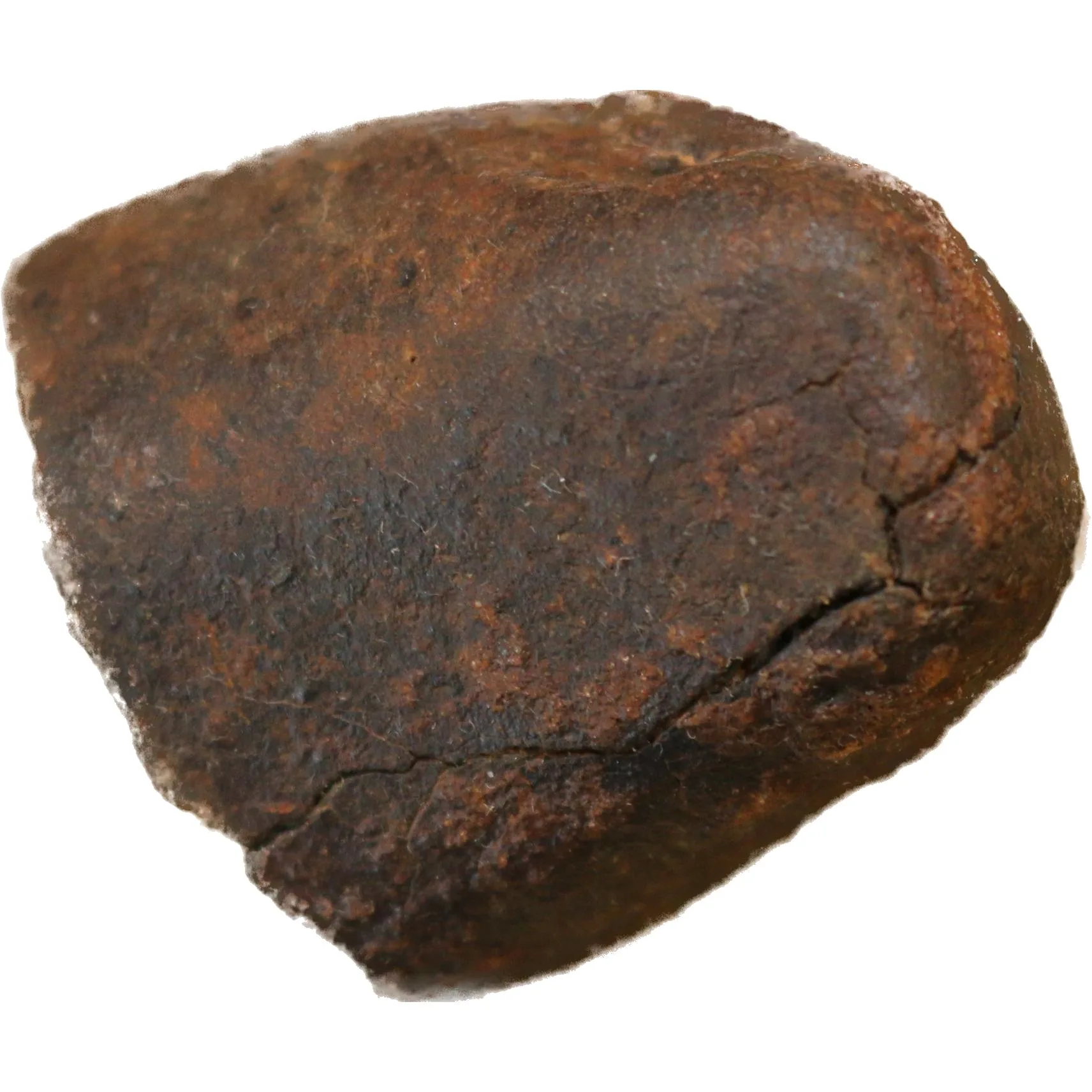Meteorite pendant, Moon dust. This fantastic pendant is constructed out of stainless steel and contains dust of the Lunar meteorite NWA 11428. This pendant is very well made and has amazing weight to it. A great way to display a beautiful and rare meteorite.
Lunar Meteorites (Moon Rock):
Lunar meteorites, also known as lunar meteorites are rocks that originated from the Moon and were ejected from its surface due to impacts. These extraterrestrial rocks offer scientists a rare opportunity to study the composition and history of our nearest celestial neighbor. In this exploration, we delve into the fascinating world of lunar meteorites, examining their origins, characteristics, and significance in scientific research.
Origins:
The origins of lunar meteorites trace back to the Moon’s violent past, marked by numerous impacts from asteroids and comets. When a large celestial body collides with the Moon, it can excavate material from the lunar surface, ejecting rocks and debris into space. Some of these fragments escape the Moon’s gravitational pull and eventually intersect with Earth’s orbit, becoming lunar meteorites.
Characteristics:
Lunar meteorites exhibit distinct characteristics that differentiate them from terrestrial rocks. One notable feature is their composition, which closely resembles that of lunar samples brought back by manned and unmanned missions, such as the Apollo and Luna missions. They typically consist of minerals like plagioclase feldspar, pyroxene, olivine, and ilmenite, which are common constituents of lunar rocks.
Significance:
Lunar meteorites are invaluable to scientists for several reasons. Firstly, they provide access to lunar material without the need for costly manned missions. While the Apollo and Luna missions returned a substantial amount of lunar rocks, they represent only a small fraction of the Moon’s diverse geology. Lunar meteorites offer a more extensive and varied sampling of the lunar surface, enhancing our understanding of its geological history.

Lunar meteorites helps scientists unravel the processes that shaped the Moon over billions of years. By analyzing their mineralogy, geochemistry, and isotopic compositions, researchers can infer the conditions under which these rocks formed and the geological events they experienced. This information sheds light on the Moon’s volcanic activity, impact history, and differentiation processes.
Classification:
Lunar meteorites are classified into different groups based on their mineralogy, texture, and geochemical signatures. The most common classification scheme divides them into mare basalts, highland breccias, and regolith breccias.
Mare basalts originate from the lunar maria, dark plains formed by ancient volcanic eruptions. These rocks are characterized by their low titanium content and high concentrations of iron and magnesium. They represent solidified lava flows that once covered large areas of the lunar surface.
Regolith breccias consist of loose, fragmented material that has been pulverized by impacts and mixed with impact melt. They represent the lunar regolith, the layer of loose debris covering the Moon’s surface. Regolith breccias contain a mixture of highland and mare components, reflecting the complex geological history of the lunar surface.
Research and Exploration:
Scientists use a variety of techniques to analyze lunar meteorites and extract valuable information about the Moon’s history. These include petrological studies, geochemical analyses, and isotopic dating methods. By studying the mineral assemblages, texture, and chemical composition of lunar meteorites, researchers can reconstruct the conditions under which they formed and the processes that influenced their evolution.
Prehistoric 101 (Learn about fossils, minerals, and meteorites)
What is a Meteorite
The Meteoritical Society Database













